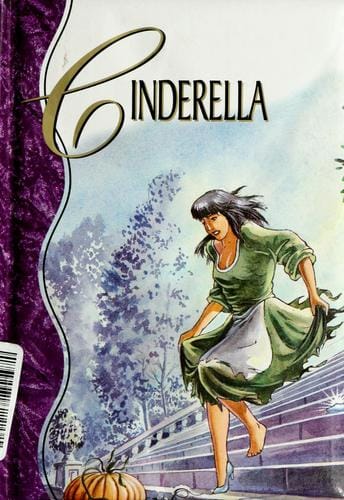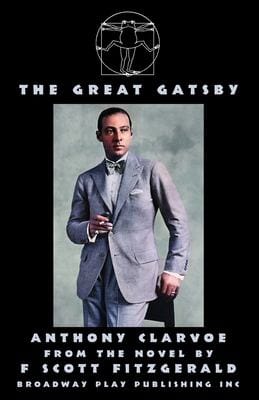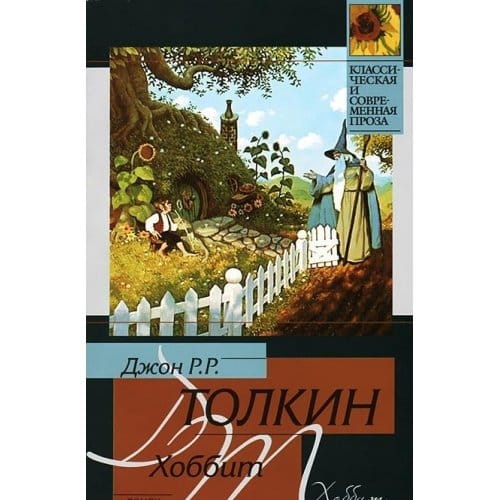Cinderella: The Enduring Magic of a Rags-to-Riches Fairy Tale
Explore Cinderella’s origins, plot, characters and modern impact in this 800-word guide to the timeless fairy tale of transformation and justice.

Introduction
Few stories have travelled across centuries and continents with the effortless grace of Cinderella. From the ashes of her hearth to the splendor of a royal ball, the tale of an oppressed heroine who rises above cruelty resonates with readers of every age. In this comprehensive guide we explore Cinderella’s rich history, core plot, unforgettable characters, themes, cultural influence and modern adaptations, showing why this fairy tale continues to sparkle in the collective imagination.
Ancient Roots of the Cinderella Story
Long before Disney’s 1950 animated classic, the Cinderella narrative appeared in folklore from Egypt, China, Greece and across Europe. One of the oldest versions, recorded by the Greek historian Strabo around 7 BCE, tells of Rhodopis, a servant whose sandal is carried to a king by an eagle. Medieval Europe soon adopted similar motifs, culminating in Charles Perrault’s 1697 "Cendrillon" in France and the Brothers Grimm’s darker "Aschenputtel" in 1812 Germany. Each retelling retained the central idea of virtue rewarded but adapted details—mice, pumpkins, doves or golden shoes—to fit local culture.
Classic Plot Overview
The broad strokes remain constant. Cinderella loses her mother and is relegated to servant status by a wicked stepmother and stepsisters. Despite hardship she remains kind-hearted. A royal ball offers hope when a prince seeks a bride. With supernatural aid—be it a fairy godmother, a magical tree or ancestral spirit—Cinderella attends the ball in radiant disguise. She and the prince share a fateful dance, but at midnight the magic fades and she flees, leaving behind a glass (or golden) slipper. The prince’s quest to match the slipper reunites the pair, leading to marriage and the heroine’s liberation.
Memorable Characters
Cinderella
Embodiment of resilience and grace, Cinderella’s unwavering kindness under pressure invites empathy. She teaches that dignity can survive even the harshest circumstances.
The Stepmother and Stepsisters
Antagonists who personify jealousy, vanity and abuse of power, they form the foil against which Cinderella’s inner beauty shines.
The Fairy Godmother
In Perrault’s version she is a benevolent guardian, but other traditions use helpful birds, spirits or trees. Regardless, the helper symbolizes hope and the idea that goodness invites aid.
The Prince
Often dismissed as passive, modern readings highlight the prince’s role as a seeker of genuine virtue in a superficial court.
Themes and Symbolism
Transformation: The pumpkin carriage and shimmering gown mirror the inner change from despair to confidence. Justice: The slipper trial restores balance by rewarding merit, not birth. Class Mobility: Cinderella’s ascent critiques rigid social hierarchies. Time: The midnight deadline underscores life’s fleeting opportunities and the need for courage when they arise.
Cinderella’s Cultural Impact
Across media, Cinderella has inspired operas by Rossini and Prokofiev, novels, ballets, fashion lines and countless idioms—"Cinderella story" now describes any underdog triumph. The tale influences wedding couture, Halloween costumes and televised talent competitions. Its universal arc makes it a staple in psychology classrooms to discuss archetypes, while sociologists cite Cinderella as evidence of the "perseverance pays off" myth embedded in Western culture.
Modern Adaptations
Each generation reinterprets Cinderella to reflect contemporary values. Films like "Ever After" (1998) emphasize agency by giving the heroine literacy and swordplay skills. The musical "Rodgers & Hammerstein’s Cinderella" adds political reform to the narrative. In "A Cinderella Story" (2004) the ball becomes a high-school dance, illustrating that social hierarchies persist in teenage life. Recent retellings, such as 2021’s Amazon rendition, spotlight entrepreneurial dreams and gender-neutral casting, showing that the essence of hope adapts readily to modern sensibilities.
Lessons for Today’s Readers
While glass slippers remain fantastical, Cinderella’s lessons are practical: kindness amid adversity, faith in one’s worth, openness to help and readiness when opportunity knocks. The story also warns against superficial judgments; the prince recognizes Cinderella not by her glamour but by the shoe that fits her true identity.
Conclusion
Cinderella endures because it marries wish fulfillment with moral integrity. We delight in the transformation yet find deeper satisfaction in the assurance that empathy and perseverance can conquer injustice. Whether told around a fire, staged on Broadway or streamed on smartphones, Cinderella’s journey from ashes to grace will continue to inspire dreamers to believe that, with courage and kindness, their own midnight moment may lead to happily ever after.



